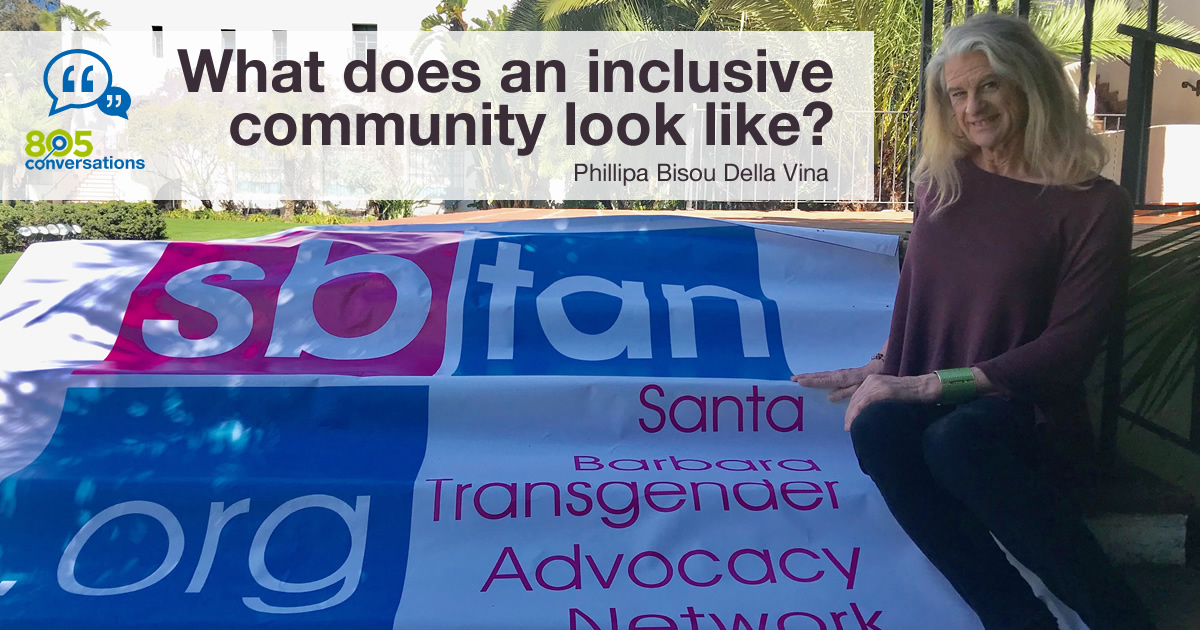In examining the core tenets of the Bahá’í Faith, one discovers a profound commitment to inclusivity as an essential characteristic of a thriving community. This commitment extends beyond mere tolerance or acceptance and invites an embrace of diversity as a vital source of strength and enrichment. This exploration delves into the essence of what an inclusive community looks like through the lens of Bahá’í teachings, unraveling layers of meaning that illuminate a pathway toward transformative coexistence.
At the heart of Bahá’í teachings lies the principle of the oneness of humanity. This foundational precept posits that all individuals are created equal and are part of a single global family. Such a perspective invites a radical shift in how we perceive identity and belonging, fostering an understanding that transcends cultural, racial, and national boundaries. An inclusive community, therefore, is one that actively works to dismantle the barriers that perpetuate segregation and division. This dismantling necessitates an earnest and persistent commitment to fostering relational networks among diverse groups, encouraging dialogue that is rooted in respect and mutual understanding.
A hallmark of an inclusive community is its commitment to justice and equity. In the Bahá’í worldview, justice is not merely a series of legal enactments but a moral imperative that requires individuals and communities to cultivate a sense of responsibility toward one another. This oversight means recognizing and addressing systemic inequities that hinder participation and representation. For instance, an inclusive community endeavors to provide those from marginalized backgrounds with the resources needed to engage fully in communal life. Whether through equitable access to educational opportunities or the facilitation of spaces for underrepresented voices to be heard, such actions reflect the teachings that underline the importance of equity as an instrument of societal harmony.
The principle of consultation, as emphasized in Bahá’í writings, is another fundamental characteristic of an inclusive community. This dynamic process invites all members to partake in decision-making. To engage in consultation is to harbor a spirit of cooperation and collective intelligence—where varying perspectives are not only acknowledged but genuinely solicited and valued. Thus, the art of consultation fosters a culture where every voice matters, enabling the community to draw upon the rich tapestry of experiences and insights offered by its members. In this way, an inclusive community becomes a crucible for innovation and problem-solving, as diverse inputs catalyze creative solutions that may not emerge in more homogeneous environments.
An inclusive community also engenders a culture of service and altruism. In Bahá’í belief, service to humanity is both a personal and communal responsibility. Such a community recognizes the inherent dignity of all individuals and seeks to uplift rather than exploit. Engaging in acts of service cultivates a sense of interconnectedness, whereby individuals recognize their roles not solely as beneficiaries but as contributors to the collective well-being. In adopting a posture of service, members of the community foster a spirit of solidarity that transcends individual needs, ultimately enhancing communal bonds.
Furthermore, an inclusive community ought to cultivate an atmosphere of respect and appreciation for diversity. This involves not only acknowledging the differences that exist but celebrating them as integral elements of a rich communal life. In practice, this might manifest through cultural events, forums for sharing traditions, or participatory dialogues that explore pressing social issues from multiple vantage points. Such initiatives foster an environment where diversity is seen as a source of richness and vibrancy, enabling individuals to explore their identities in relation to others while fostering a collective identity rooted in shared values.
In light of these principles, it becomes evident that the pursuit of inclusivity is not an isolated endeavor; it is a dynamic journey that requires continuous reflection and intentional action. For a community to be genuinely inclusive, it must engage in ongoing self-assessment, wrestling with complacency and challenging entrenched patterns of behavior that may inadvertently hinder inclusion. This self-reflective practice demands a willingness to confront uncomfortable truths and a commitment to evolving as a community that genuinely embodies the teachings of unity and love.
Moreover, the transformative potential of an inclusive community extends beyond its boundaries, rippling into the broader society. A community that exemplifies these Bahá’í principles becomes a beacon of hope and inspiration, demonstrating the possibility of coexistence and mutual support in a fragmented world. By setting an example of inclusivity, such a community may influence local and global paradigms, inviting others to embark on a similar journey of re-evaluation and action towards inclusivity.
In conclusion, the Bahá’í teachings offer a profound vision of what an inclusive community can be—one characterized by justice, consultation, service, respect for diversity, and a commitment to continuous growth. This vision invites individuals to reframe their perspectives on community and encourages a foundational ethos that views inclusion as not merely a goal, but a way of life. As such, the call to cultivate inclusivity resonates powerfully, urging each member of the global family to engage actively in the creation of spaces where all voices can find harmony and mutual upliftment. Through the lens of Bahá’í principles, we glimpse a future not only envisioned but achievable, one where the beauty of diversity enriches the human experience, fostering true inclusivity that spans all dimensions of human endeavor.
